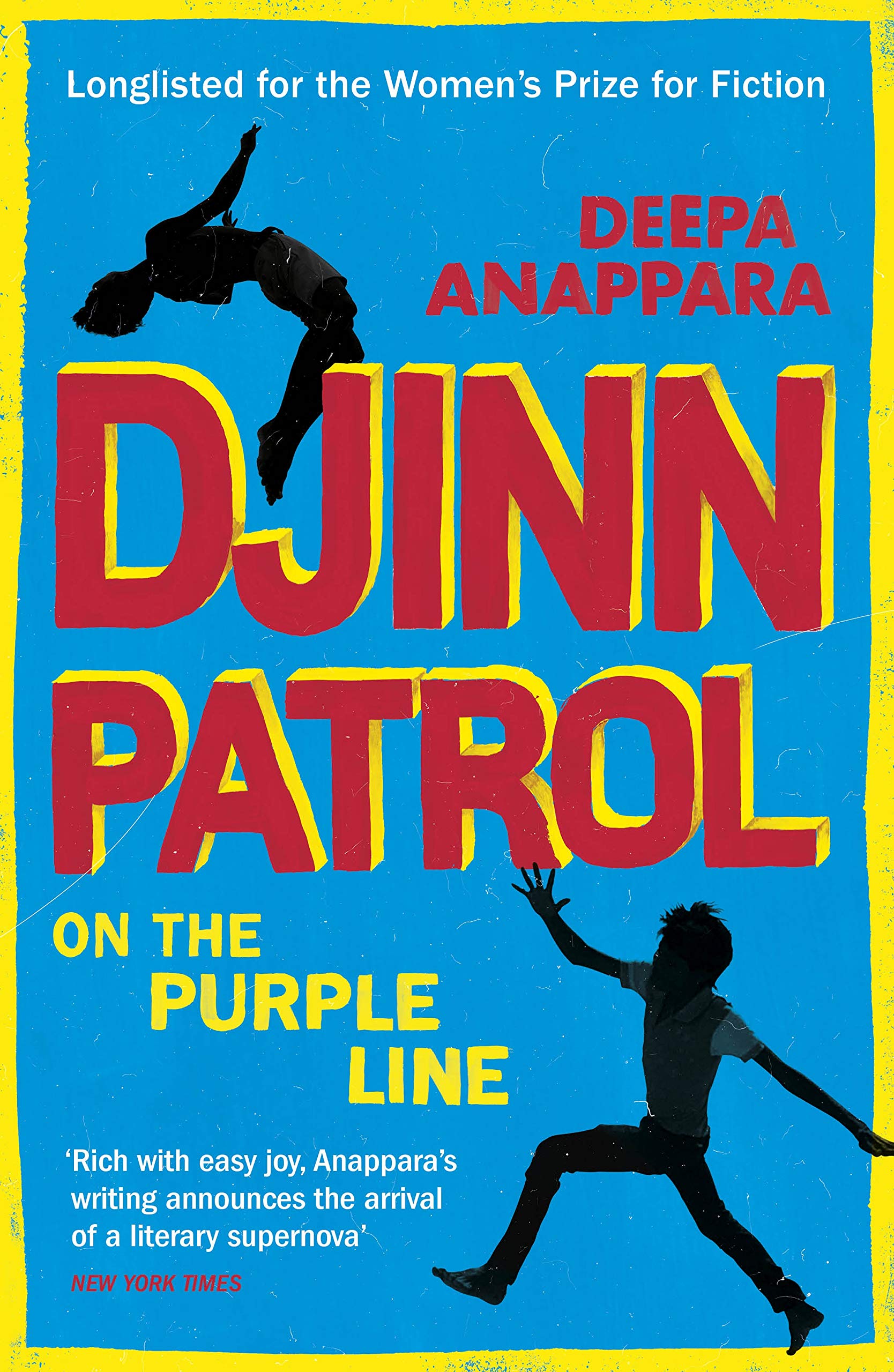What do you think?
Rate this book


352 pages, Paperback
First published February 4, 2020



One of them whispered Mental's real name, which was a secret known only to them, and a shadow stirred in the lane. The boys thought it was a cat or a flying fox, though there was a charge in the air, the metallic taste of electricity on their tongues, the flicker of a rainbow-coloured bolt of light, gone so soon they could have only imagined it.
-
The sky roiled blackish-blue above tangled cables and dusty street lamps. The market was mostly accustomed to the distant, steady thrum of the highway. His nose learnt to catch the weakest of smells from hours before - marigold garlands, sliced papayas served with a pinch of chaat powder on top, puris fried in oil - to guide his steps to the right or left in dark corners.
“I’ll never watch Police Patrol again. When they act out real stories of people getting snatched or killed, it will feel as if someone is trying to strangle me. I just know it. A murder isn’t a story for me anymore. It’s not a mystery either”
“Believe me” the badshah says, “today or tomorrow, every one of us will lose someone close to us, someone we love. The lucky ones are those who can grow old pretending they have some control over their lives, but even they will realise at some point that everything is uncertain, bound to disappear forever. We are just specks of dust in this world, glimmering for a moment in the sunlight, and then disappearing into nothing. You have to learn to make your peace with that.”
Ma crumples to the ground. The camerawoman bends down so that she can catch Ma’s sadness for the news at nine. Shanti-Chachi runs to his side and puts her hand on Ma’s back before Papa can.
“How can you live with yourself?” Shanti-Chachi shouts at the camerawoman “You want us to cry, pull our hair out, beat our chests. What will you get from it, a promotion, a big bonus near Diwali?”
The camerawoman stands up
“Let’s go to another house” the reporter tells her
“Yes, leave, that will be very easy for you to do” Chachi says. “We’re the ones who have to be here today and tomorrow and the day after that. This is our life you’re talking about as if it’s just some story. Do you even understand that?”


